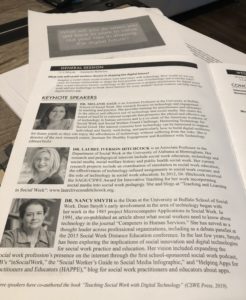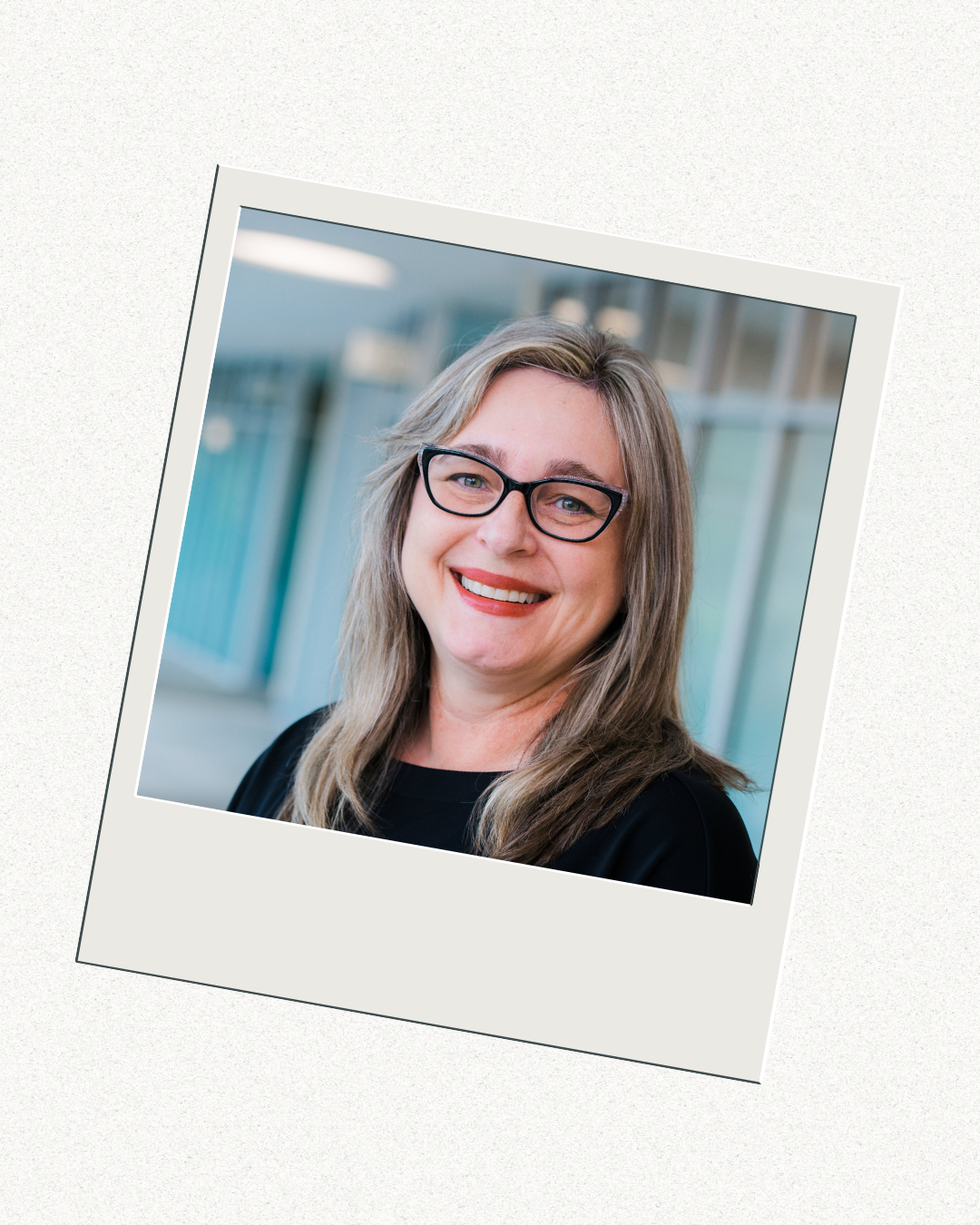Consciously Connecting and Proactively Collaborating: The CoActEd Learner Mapping Tool in #SocWorkEd

Editor’s Note: Amanda Taylor-Beswick is a Senior Lecturer in the School of Social Work, Care and Community at the University of Central Lancashire. She is also an author of the book, The LearningWheel Book, whichprovides educators with a model for helping students and practitioners develop digital literacy skills. In this blog post, Amanda describes one of the tools from her book, the CoActEd Learner Mapping Tool. She tweets at @AMLTaylor66.
From the moment a social work student steps into the educational environment, they are engaged in a socialising process that involves exposure to, familiarisation with, and the development of professional norms. Through this carefully crafted learning experience a student’s Professional Learning Network (PLN), amongst other things, begins to form; professional relationships with academics, with practice partners, with practitioners and with student peers are built. This professional network is primarily local, largely institutional and generally geographically bound. However, digitisation means that the professional network no longer needs to be so rigid, so limited or so confined. The availability and affordances of social technologies (those that are #GDPR compliant) offer opportunities for social work students to connect outside of their direct or more natural community of learning. They can engage with the global social work community which, in previous times, may have been out of reach. The use of a medium through which to map and to therefore build connections forms the basis of this blog.
‘App’- lying the digital in social work… Or why we should not be teaching the same way for 20 years

Editor’s Note: Denise Turner, PhD is a senior lecturer in the Department of Social Work at London Metropolitan University. Her research interests focus on the innovative use of digital technology in teaching and practice. In this blog post, Denise shares her collaborations and process when developing an app for mobile devices for social work students and practitioners. You can follow Denise on Twitter at @DeniseT01.
The Background
Recently, my first draft of an article focussed on creating digital resources to update social work education, was returned with the question, ‘Does it really matter that this has been taught the same way for over twenty years?’ After the inevitable, slightly nonplussed reaction to article reviews, I was forced to give this question some considerable thought. Certainly, Steve Wheeler, whose work on e-learning I hugely admire, counsels against using technology simple because it is ‘new and shiny’ (Wheeler, 205, p. 7). In response to the reviewer, I had to ask myself if this applied to me. Was this what I was doing? Simply jumping on a digital bandwagon because it was trendy? Certainly, my ever-advancing years and my own lack of digital acuity suggested this might be the case. As the old adage suggests, was I one of those who taught because I couldn’t do? On reflection, I returned to the original source of the problem in order to try and find an answer.
Becoming an awesome adjunct professor in social work

Editor’s note: Patricia (Trish) Desrosiers, PhD, LCSW, is an associate professor of social work and the Chair of the Department of Social Work at Western Kentucky University. Her research interests include social work education and leadership for social work practice. In this blog post, Trish shares how she encourages social work practitioners to become adjunct instructors in her Department. She tweets at @DrD_Empowers.
As chair of the Department of Social Work, recruiting adjunct instructors is a big part of my job and the first thing that I tell a prospective adjunct is “Social Work needs you!” According to the Council on Social Work Education (CSWE), in 2017, over half of all social work educators in the US were adjunct instructors. One reason is that as university budgets decline, one way to save money is to increase part-time faculty utilization. Another reason is that part-time instructors bring their practice experience into the classroom, making book content come alive for students. As a result, program directors are constantly seeking out well-qualified faculty members in order to maintain quality educational programming. However, strong part-timers are hard to find. If you have ever considered teaching in social work, now is the time to commit to giving back to the profession. There are many reasons to do so.
#SWDE 2019 – Imagining Social Work Education into the Future: Skills for Social Justice in a Technology-Mediated World
On April 11th, Melanie Sage, Ellen Belluomini, and I presented at the 2019 Social Work Distance Education Conference in San Antonio, TX on a topic that is beginning to get some traction in social work – the future of social work education for practice with technology. Technology is profoundly shaping the world, especially in the delivery of education. Concurrently, services like telehealth, predictive analytics, and technology aids (i.e. Fitbits, apps and home listening devices) affect service delivery. Given these changes, how do social workers promote social justice and support privacy and equity? And consider needs of the vulnerable while harnessing technology for good? How does social work redefine the profession in the face of algorithmic solutions to human problems? Our goal was to introduce a dialogue about what’s happening, where are gaps in social work education, and how programs might reinvent in a rapidly-changing environment.
If you were not all to make the session or didn’t attend the conference, we are sharing information from the presentation, to make the content more accessible to all and to help promote more discourse among social workers about the future of the profession.
Here are the slides from the presentation:
#SWDE2019 Keynote – What role will Social Workers choose in shaping the digital future?

On April 10th, Melanie Sage, Nancy Smyth, and I delivered a keynote speech at the 2019 Social Work Distance Education Conference in San Antonio, TX. We asked social work educators to imagine a world where social workers were innovators with technology. Our goal was to have a conversation and share how we had been talking about technology will writing our book – Teaching Social Work with Digital Technology.
We started our conversation about how social workers could help close the digital justice gap on Twitter, moving from virtual spaces to physical spaces. Many social workers joined in this conversation along the way. We talked about a range of issues from boundary and privacy challenges to accessibility and connection with technology. As Nancy said, “we were near-sighted as a profession. We need to look through the lens of possibilities, not the lens of our fears.”
In this blog post, we are sharing highlights, references, and slides from the keynote. We hope you will help us continue the conversation together and in your places of work and community.


